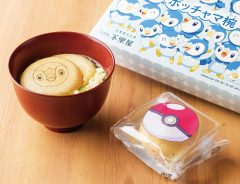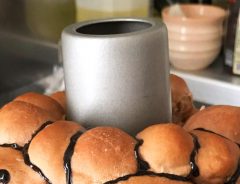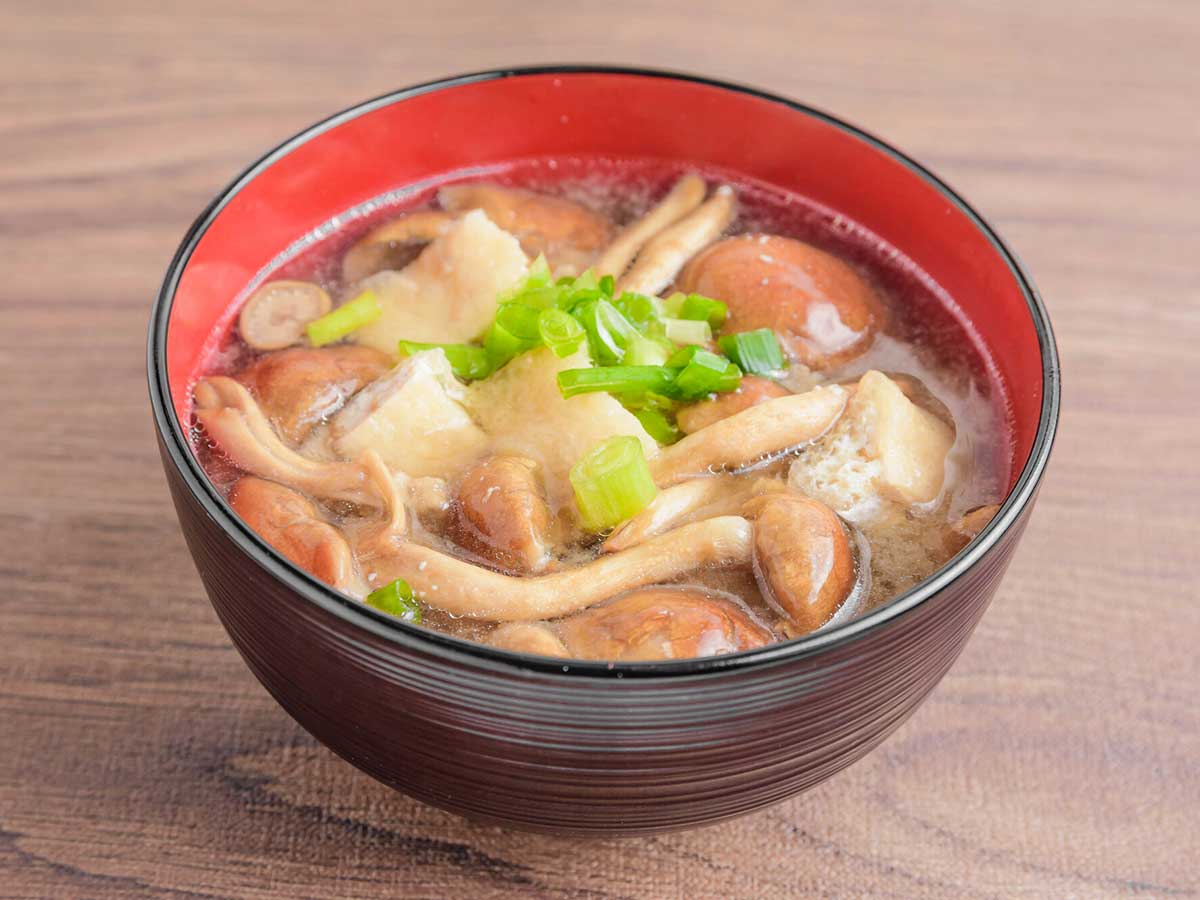- Tags:
- Bread / ichiju issai / Miso soup / traditional Japanese cuisine / Yoshiharu Doi
Related Article
-

Japanese Bakery Serves Up Fluffy And Sweet Mt. Fuji Bread
-

Crust Pilsner: a bread beer in Japan takes aim to battle food waste
-

Japanese designer’s realistic anpan bag looks so good you may want a bite
-

A Japanese Festival Set Up A Giant Bread Bed For People To Nap On And Take Pictures
-

There’s a Piplup in my soup! “Pochama-Wan” makes miso soup more fun
-

Baking Fail Turns Rilakkuma Into Bloated Behemoth



The principle of ichijū issai
Literally meaning "one soup and one dish," the 一汁一菜 ichijū issai principle of Japanese cuisine represents the most simple traditional Japanese home cooked meal consisting of rice, soup and one dish.
Created by Zen priests in the 12th century, the expression originally gained a negative connotation in general society, as a way of designating "a plain and ordinary meal." However, in the last few decades, with obesity and other health concerns growing, it has gained a positive meaning as a culinary principle governing healthy eating in moderation.
That being said, with only a soup and one dish carrying most of the nutritional value of the meal, soups (usually miso soup or 豚汁 tonjiru pork and vegetable soup) are generally hearty with many ingredients inside.
Culinary expert Yoshiharu Doi's miso soup
Culinary expert 土井善晴 Yoshiharu Doi is probably Japan's most famous contemporary advocate of ichijū issai.
Doi often uploads photos of his miso soup on Twitter, which sometimes become topics of conversation. For example, some of his unusual miso soups have featured things like fried egg and fried tofu, sea lettuce, dried shrimp and Camembert cheese, grated Japanese yam, and Japanese angelica tree sprouts, koshiabura (Chengiopanax sciadophylloides) tree sprouts and young burdock root.
Earlier this month, Doi posted a photo of his dining table along with a tasty-looking bowl of miso soup filled with mushrooms.
However, instead of rice which is the traditional accompaniment to all Japanese meals, he was eating buttered bread. Indeed, ichijū issai says nothing about what carb you eat with your soup and side dish, so why not?
However, it's the second photo that surprised many online...
He had soaked his buttered toast in his miso soup!
Most Japanese people have the preconceived notion that miso soup is always paired with rice. Doi's creativity and willingness to think outside of the box while adhering to ichijū issai is what distinguishes him from his predecessors.
His surprising miso soup meal elicited a variety of comments, such as:
When you really think about it, maybe buttered bread in miso soup isn't such an odd idea. If you're a ramen buff, you may know that people in Hokkaido like to add a rich flavor to their miso ramen with a pat of butter, so the combination of miso and butter makes sense. Moreover, things like 油揚げ abura-age (deep fried tofu crusts) or 麩 fu (wheat gluten cakes), commonly added to miso soup, have a texture which is somewhat similar to bread.
The next time you make miso soup, why not give it a try, if you haven't already. You may be pleasantly surprised...